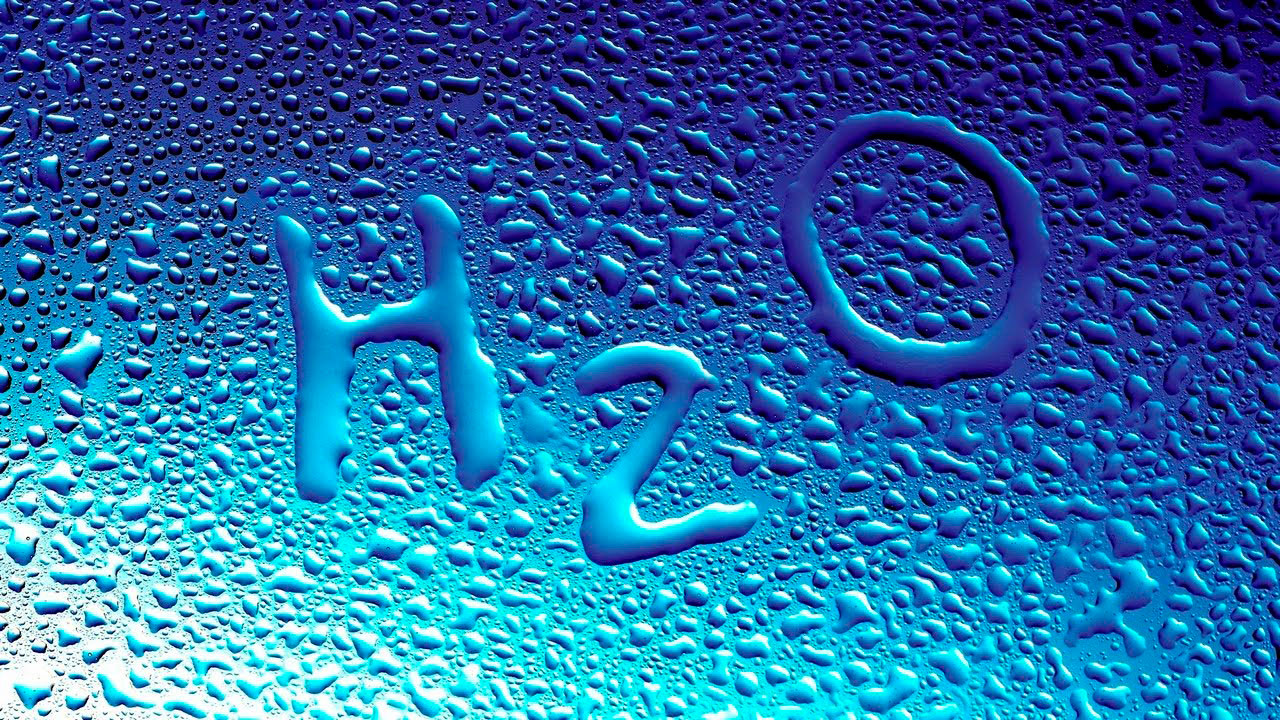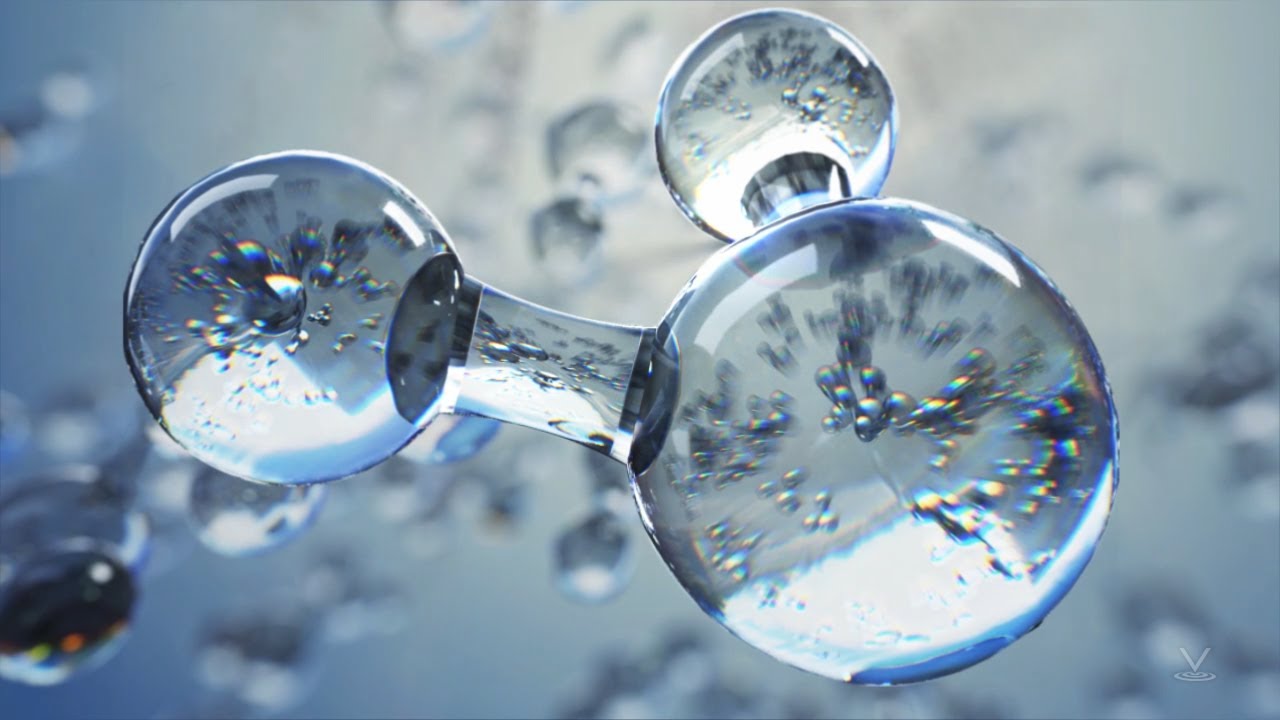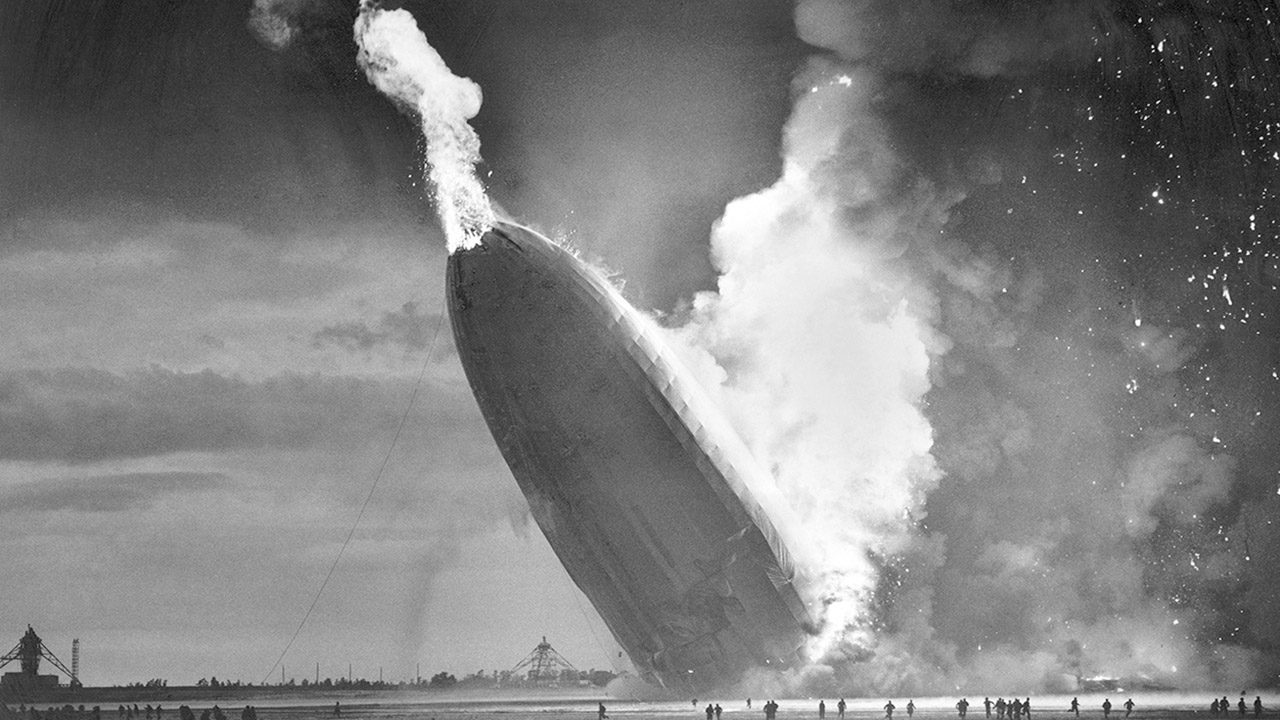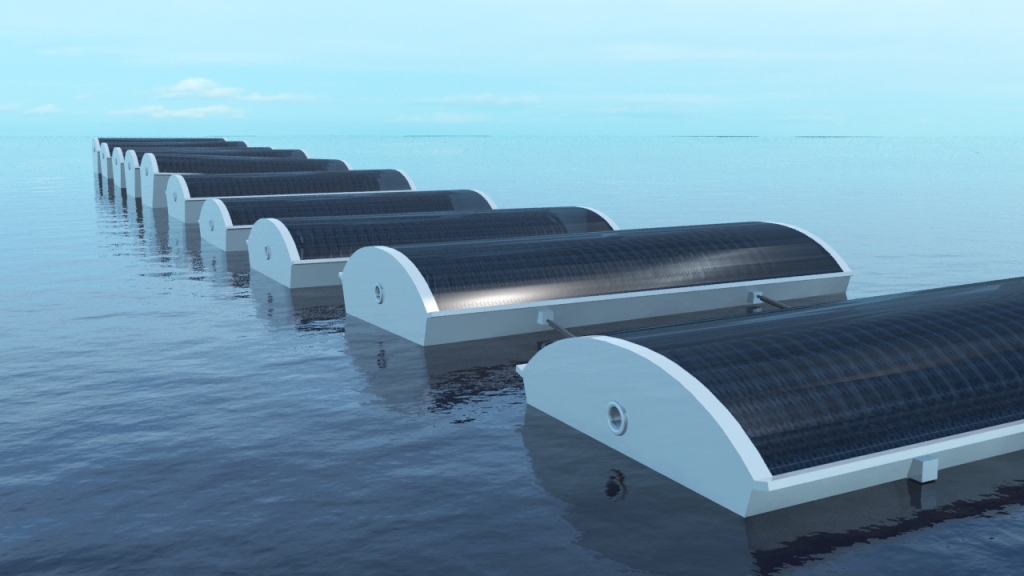Are scientists sleeping while the amount of clean, potable and usable water in the world is decreasing day by day? Why don’t we produce water, which consists of one oxygen and two hydrogens, in a laboratory environment? It is possible to make water with this seemingly simple chemical formula, but the results may be more dire than we thought.
Even if you are not even remotely interested in chemistry, you know the chemical formula of water, H2O. So water; It consists of 1 oxygen and 2 hydrogen atoms. It is perhaps one of the simplest chemical formulas in the world. Well, if the formula of water is so simple, why don’t we combine 1 oxygen and 2 hydrogen atoms in a laboratory environment to obtain water, and we expect the consumable water resources in the world to disappear?
Unfortunately, to create a chemical reaction, like making a cake, knowing only the ingredients for the recipe and It is not enough to put them in a bowl and mix them. Even if the oxygen and hydrogen atoms in question are combined correctly, a big explosion will result. We end up with water, but trying to make such an explosion in a controlled way will be expensive because of its lining.
How was water formed?
Before asking the question why we don’t produce water, we need to know how water is formed.. About 80% of the earth is water however, 97% of this is salt water and only 3% is a source of potable, usable clean water. Our Earth is not the only space object covered in water. When we take a glance at the universe, it is even possible to see celestial bodies composed of almost only water.
The formation of water took place after the Big Bang. Among the atoms scattered after the explosion were oxygen and hydrogen. These atoms, which formed a star, were under an intense pressure of dust and gas. When the effect of particles in the environment is added to this pressure, the expected reaction took place.
These atoms under the influence of dust and gas pressure when they encountered the surrounding gas particles, they were compressed and the gas was heated. With the effect of heat, the bonding process between atoms accelerated and water vapor appeared. As the water vapor cooled, it first became water and then ice. Therefore, there is a large amount of water and ice in space.
How do hydrogen and oxygen atoms combine to become water?

When we see a place that is on fire, the first thing we do is pour water on it, because water is an extinguisher. The hydrogen that makes up the extinguishing water is flammable, and the oxygen supports the combustion. In other words, these two atoms are not very useful elements before they enter into a chemical reaction.
Hydrogen atoms have a single electron, while oxygen atoms have 6 electrons. Oxygen electrons form a strong shell and only two electrons are ready to combine. Yes, repulsive electrons of the same poles combine to form water. Electrons of 1 oxygen and 2 hydrogen atoms Heat is required for them to combine to form water.
Under normal conditions, electrons repel each other. It is strong heat that combines the electrons of oxygen and hydrogen atoms to form water. As with the initial formation process, pressure can provide this heat. Pressure is the most effective method of heat required because force is required. Atoms rubbing with the effect of pressure can combine and form water by creating their own heat.
Is it possible to produce water?

We said space, big bang, atom, electron, pressure, hydrogen, oxygen; Might be a little confused but Yes, it is possible to produce water. If we take 1 oxygen and 2 hydrogen atoms in a laboratory environment, apply pressure, heat them up, and combine the electrons of these atoms, we can obtain water.
When we evaluate this simple recipe, it is quite easy to produce water. Because it is necessary to produce water Oxygen and hydrogen atoms are naturally present. It’s as easy as making pottery. Some earth, some water; Shape and heat, get you pot. Well, if it’s that easy, why don’t we produce water?
Why don’t we produce water?

We encounter an example in history where hydrogen and oxygen atoms were combined not by natural means, but by human hands. This example is actually a disaster. In 1937, the world’s largest airship, the LZ 129 Hindenburg, was built. To maximize the flying prowess of this large airship, the balloon was filled to the brim with hydrogen gas.
When the dates showed May 6, 1937, LZ 129 would take off from Lakehurst naval airbase in Hindenburg, New Jersey. However, one of the hydrogen tanks exploded and this combustible atom quickly caught fire. Then the oxygen in the air came into play. As a result The world’s largest airship, along with dozens of other people, burned down in 36 seconds. Of course, a certain amount of water also came out.
That’s why we don’t produce water. Very dangerous. Combining two combustible and combustion-supporting atoms It is very difficult to control the disaster that will occur. Even if we control it, the price to be spent will not be worth the water obtained. Although theoretically possible, in practice it is impossible to produce enough water for the entire world.
What are alternative water production methods?

We said that only 3% of the water in the world is drinkable, that is, fresh water. Unfortunately, some of this fresh water is also polluted. Instead of playing with atoms at home Large scale water treatment plants can be built. It is possible to purify the city water as well as the water we use at home.
97% of the world’s water is salt water, meaning it is undrinkable. We can desalinate seawater. All of the water used in Kuwait today is purified seawater. After purifying the salt and minerals found in sea water, a clean and drinkable water will emerge. Treated salt and minerals can be used for different purposes.
We call it very humid, not hot, but that humidity is water. So there is water in the air. So, is it not possible to obtain water from the air? Of course its possible. We can even fill a huge dam by emptying an entire cloud. However, such a large-scale system currently does not exist. Still, it will certainly be much easier than combining oxygen and hydrogen atoms.
We answered the question why we do not produce water and we talked about alternative water production methods. If all these methods seem complicated, try spending less time in the shower, turning off the water while brushing teeth, and washing the dishes in the machine instead of by hand. Be sure, even a small water saving will be effective.
